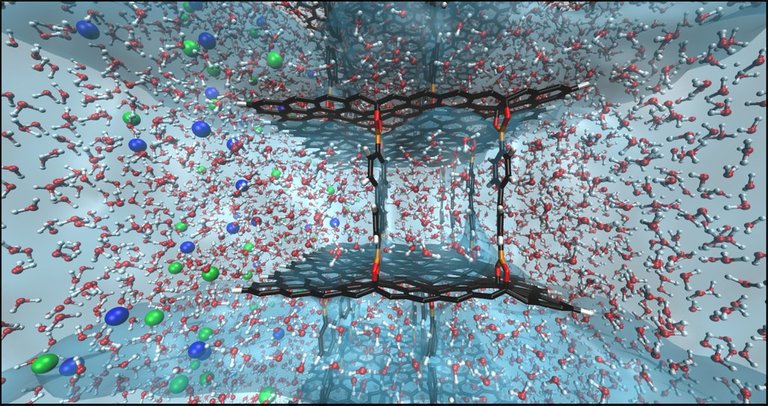Summary of Graphene and Graphene Oxide

This is one of my Doctoral assignment from Current Science and Technology in Japan Course which has never been published anywhere and I, as the author and copyright holder, license this assignment customized CC-BY-SA where anyone can share, copy, republish, and sell on condition to state my name as the author and notify that the original and open version available here.
Graphene is a single layer of carbon atoms arranged in interconnected hexagonal lattice. It attracts the attention of lots of researchers, some calls it a wonder material, a miracle substance, or a substance that made people confused that it is substance that is only found in a comic book, all due to its amazing properties. It is one atom thick, conducts electricity better than silver, it conducts heat better than diamond, it is stronger than steel, it is lighter than feather, it is transparent, and it is bendable. Examples application possibilities are can replace a silicon transistors to graphene transistors in computers which can raise the frequency ten times from 100 to 1000 gigahertz, it can be used to make an unbreakable device screen, and as a better material for water disalination. Graphene was founded in 2004 by Andre Geim and Konstantin Novoselov from University of Manchester. They used a simple method using scotch tape to peel off graphite (the lead of a pencil) or stacks of graphene sheets into a single graphene sheet. Although graphene have huge amazing properties, it is still a future material because it is very difficult to produce and very expensive for mass production. [1] [2] [3]
Since graphene is very difficult and expensive to produce, researchers divides their attention to the graphene’s derivatives. Though its derivatives have less amazing properties, the properties can be tuned by going through certain processes. One of its derivatives is graphene oxide is a single-atomic layered material, made by the powerful oxidation of graphite. It can be said as an oxidized form of graphene laced with oxigen containing groups. It is considered easy to process since it is dispersible in water (and other solvents), and it can even be used to make graphene. It is commonly sold in powder form, dispersed, or as a coating on substrates. There are four basic methods of synthesizing graphene oxide which are Staudenmaier, Hofmann, Brodie and Hummers. [4]
Reference
- Graphene: The Next Big (But Thin) Thing, https://www.youtube.com/watch?v=Mcg9_ML2mXY [online]
- What Is Graphene - A Simplified Introduction, https://www.youtube.com/watch?v=WEnO6AJeP7k [online]
- New Discovery Could Unlock Graphene's Full Potential, https://www.youtube.com/watch?v=J0ZMi83oUjk [online]
- Graphene Oxide: Introduction and Market News, https://www.graphene-info.com/graphene-oxide [online]
- Featured Image: https://live.staticflickr.com/7250/14006201292_720f38b57c_b.jpg
Mirrors
- https://www.publish0x.com/fajar-purnama-academics/summary-of-graphene-and-graphene-oxide-xkyvlvl?a=4oeEw0Yb0B&tid=hive
- https://0darkking0.blogspot.com/2021/03/summary-of-graphene-and-graphene-oxide.html
- https://0fajarpurnama0.medium.com/summary-of-graphene-and-graphene-oxide-ae5ca8975cba
- https://0fajarpurnama0.github.io/doctoral/2020/07/27/summary-graphene-oxide
- https://hicc.cs.kumamoto-u.ac.jp/~fajar/doctoral/summary-graphene-oxide
- https://0fajarpurnama0.wixsite.com/0fajarpurnama0/post/summary-of-graphene-and-graphene-oxide
- http://0fajarpurnama0.weebly.com/blog/summary-of-graphene-and-graphene-oxide
- https://0fajarpurnama0.cloudaccess.host/index.php/9-fajar-purnama-academics/219-summary-of-graphene-and-graphene-oxide
- https://read.cash/@FajarPurnama/summary-of-graphene-and-graphene-oxide-dcfd5712
- https://www.uptrennd.com/post-detail/summary-of-graphene-and-graphene-oxide~ODc0Mjky